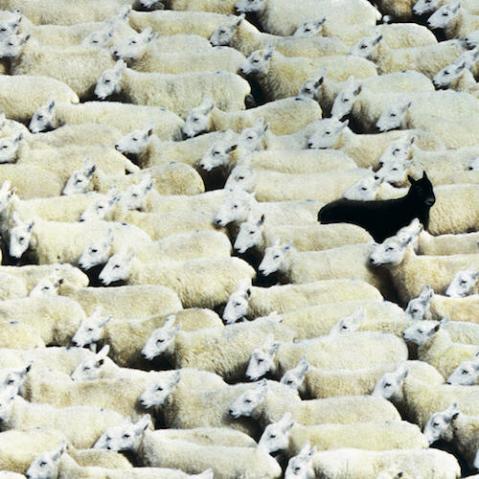Falling rain and the best of photography

One of the things about flat grey days is that they often lead seamlessly to rain. And rain has a bad reputation in photography, though it’s not entirely deserved. For a start, most people find it uncomfortable, and photographers instantly feel the need to protect expensive gear from it, so it’s generally a much easier option to avoid it and put your feet up.
 Backwaters, Pattanakkad, Kerala, 1981
Backwaters, Pattanakkad, Kerala, 1981
Drops get on the lens and have to be wiped off constantly, the humidity causes condensation on internal glass surfaces like the eyepiece and lens filter, and the camera body itself can take only so much. And even so, the light is still grey.
If grey light suits green plant life, vegetation positively basks in rain. The water adds a sheen to leaves that lifts the local (very local) contrast in a special way that gives a subtle sharpness. Rain also does other good things, such as adding raindrops to glass surfaces and rings to water. Generally, people don’t like getting wet in rain, but they do respond to its soft melancholy, as long as they’re dry while they watch it—as if it were already a photograph.
 For rain to be visible, it usually has to be heavy, and contrasting in some way with the background. Backlighting helps. Overall, it has an almost misty effect.
For rain to be visible, it usually has to be heavy, and contrasting in some way with the background. Backlighting helps. Overall, it has an almost misty effect.
Falling rain is actually less visible in a still photograph than many people think, and certainly less than in a video. The vertical streaks have a habit of blending into what looks like a kind of mist, and to stand out, the rain needs to be heavy, or the lighting bright, enough to highlight them. What usually helps the atmosphere is the collection of side effects, like umbrellas and drops bouncing off the ground.
 Cambodian girl in rain, Phnom Penh, 1989
Cambodian girl in rain, Phnom Penh, 1989
As a photographer, it is far too easy to become fixated on the notion of ‘good light’ and be in search of it constantly. Even worse, is to become despondent when faced with day-after-day of falling rain and grey light. Rather, you need to recognise the weather for what it is and to make the very best of it. Indeed, the very best of soft grey light and falling rain can be the very best of photography, too.
Capturing Light is Michael Freeman’s simple but practical approach to interpreting, reacting to, and capturing photography’s most valuable commodity. Light. It shows you how to interpret, approach, and master whatever lighting situation you find yourself in, so you’ll always get the best shot.
 Capturing Light, by Michael Freeman
Capturing Light, by Michael Freeman
£12.99 Download the PDF now!
This PDF version retains the styling of the original print book.
RRP for print edition: £19.99







